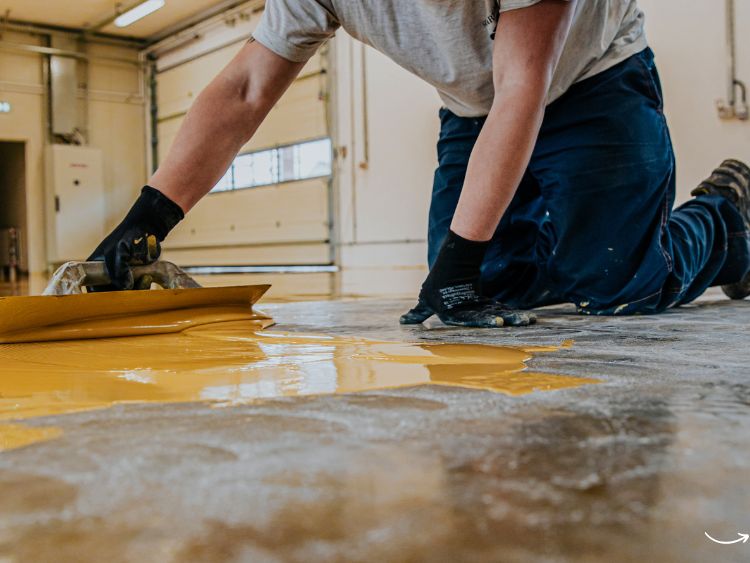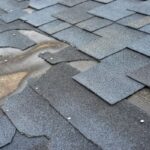Ever walked into your home and noticed an unsightly scratch on your vinyl floor? Ugh, it’s the worst! Vinyl floors are a popular choice for their durability and aesthetic appeal, but even the toughest floors can get scratched. The good news? Repairing a scratched vinyl floor isn’t as daunting as it seems. In this guide, we’ll walk you through everything you need to know about scratched vinyl floor repair, from minor scuffs to deep gouges. So, let’s dive in and get those floors looking brand new again!
Understanding Vinyl Floors
What is Vinyl Flooring?
Vinyl flooring is a synthetic material made from polyvinyl chloride (PVC), which is designed to be both durable and versatile. It’s a popular choice for residential and commercial spaces due to its affordability, ease of installation, and wide range of styles.
Types of Vinyl Flooring
Before we jump into repair techniques, it’s crucial to know the type of vinyl flooring you have. There are two main types:
-
Sheet Vinyl: Comes in large, continuous sheets and is ideal for water-prone areas.
-
Vinyl Planks and Tiles: Mimic the appearance of wood or stone and are easier to replace individually if damaged.
Causes of Scratches on Vinyl Floors
Everyday Wear and Tear
From high heels to pet claws, daily activities can lead to scratches. Even dragging furniture without proper padding can leave marks.
Accidents
Dropped objects, especially heavy or sharp items, can cause significant damage to your vinyl floor.
Poor Maintenance
Using abrasive cleaning tools or harsh chemicals can scratch and dull the surface of vinyl floors.
Preparing for Repair
Gather Your Tools
Before starting any repair, ensure you have the following tools:
-
Vinyl floor cleaner
-
Soft cloths
-
Fine sandpaper
-
Vinyl floor repair kit (includes a sealer and colored putty)
-
Utility knife
-
Ruler
-
Hairdryer
Clean the Area
First things first, clean the scratched area thoroughly. Use a vinyl floor cleaner and a soft cloth to remove any dirt or debris. This ensures the repair materials adhere properly.
Repair Techniques
For Minor Scratches
If you’re dealing with minor scratches or scuffs, here’s what you can do:
-
Buff Out the Scratch: Use a soft cloth and a vinyl floor cleaner to buff out the scratch gently. Sometimes, this is enough to make the scratch less noticeable.
-
Apply a Vinyl Floor Sealer: If buffing doesn’t work, apply a vinyl floor sealer to the scratch. This fills in the scratch and protects the floor from further damage.
For Deep Scratches and Gouges
Deeper scratches require a bit more effort. Follow these steps:
-
Clean and Sand the Area: Clean the scratched area and lightly sand it with fine sandpaper to smooth out the edges.
-
Fill the Scratch with Colored Putty: Use the colored putty from your vinyl floor repair kit to fill in the scratch. Ensure the color matches your flooring.
-
Smooth and Seal: Once the putty is dry, smooth it out with a soft cloth. Apply a vinyl floor sealer over the repaired area to protect it.
Replacing Damaged Planks or Tiles
For extensive damage, replacing the affected plank or tile might be the best solution.
-
Remove the Damaged Piece: Use a utility knife to cut out the damaged plank or tile.
-
Prepare the Replacement Piece: Measure and cut a new piece of vinyl to fit the gap. Use a hairdryer to make the new piece more flexible and easier to install.
-
Install and Secure: Place the new piece into the gap and press it firmly. Apply a vinyl floor sealer to the edges to ensure it stays in place.
Maintenance Tips to Prevent Future Scratches
Use Furniture Pads
Place felt pads under furniture legs to prevent scratches when moving items around.
Regular Cleaning
Clean your vinyl floors regularly with a gentle cleaner to prevent dirt and debris from causing scratches.
Avoid Harsh Tools
Never use abrasive tools or harsh chemicals on vinyl floors. Stick to soft cloths and mild cleaners.
Trim Pet Nails
Keep your pets’ nails trimmed to avoid scratches from their claws.
Frequently Asked Questions
How can I prevent scratches on my vinyl floor?
To prevent scratches, use furniture pads, clean regularly with a gentle cleaner, avoid harsh tools, and keep pet nails trimmed.
Can deep gouges in vinyl floors be repaired?
Yes, deep gouges can be repaired using a vinyl floor repair kit. The process involves cleaning, filling the gouge with colored putty, smoothing it out, and sealing the area.
Is it better to repair or replace scratched vinyl flooring?
It depends on the extent of the damage. Minor scratches can be easily repaired, but extensive damage might require replacing the affected plank or tile.
Can I use regular floor cleaner on vinyl floors?
No, it’s best to use a cleaner specifically designed for vinyl floors to avoid damage.
How often should I reseal my vinyl floors?
Reseal your vinyl floors every few years to maintain their protective layer and appearance.
Conclusion
Scratched vinyl floor repair doesn’t have to be a hassle. With the right tools and techniques, you can restore your floors to their former glory. Remember, prevention is key—regular maintenance and taking precautions can save you a lot of time and effort in the long run. So, the next time you spot a scratch, don’t sweat it. You’ve got the know-how to fix it!
Authoritative Links
For more information on vinyl floor repair and maintenance, check out these resources:




